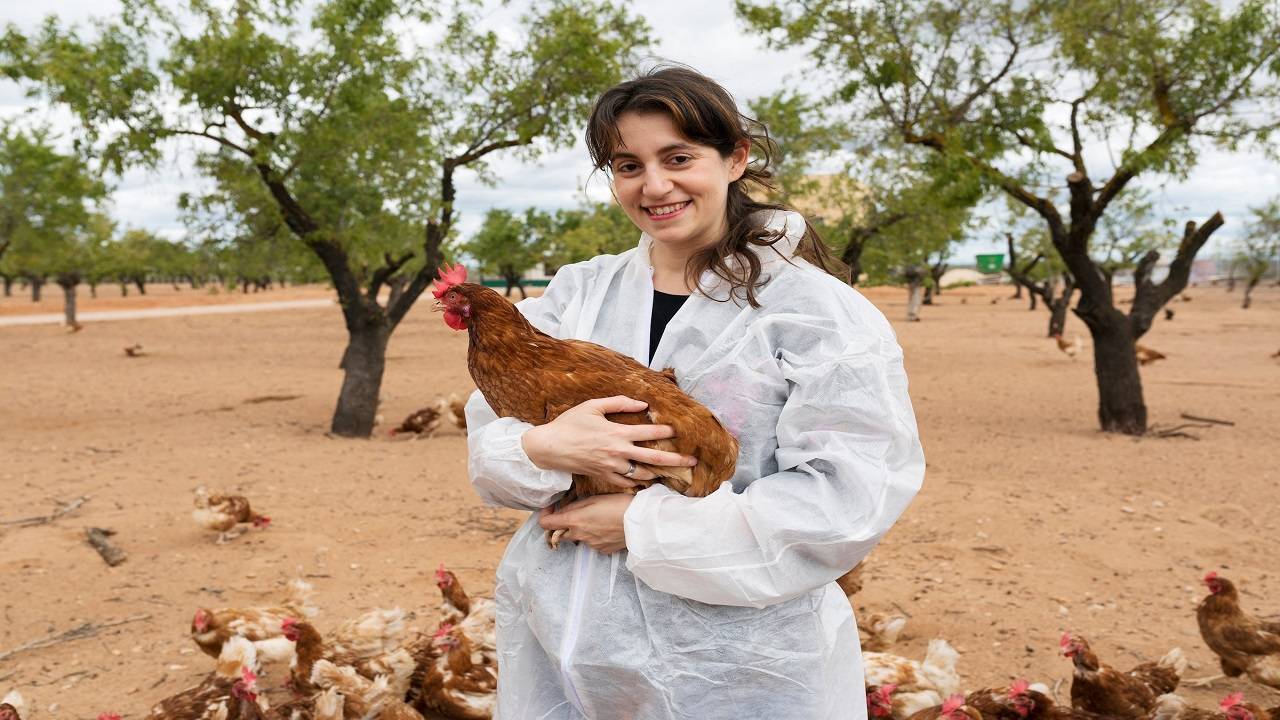
To maximize efficiency and profits, the operators of industrialized meat facilities are only concerned with the quality of the final product and not with the health and welfare of the animal. While there is nothing wrong with eating meat, companies need to prioritize rapid growth and production over animal health and welfare has posed several ethical and environmental dilemmas.
Some of the worst animal welfare practices
Overcrowding and confinement- Animals raised in confinement are generally confined to cages with several other animals without enough space to move. For instance, industrially raised broiler chickens are usually raised in large open houses with small quarters and surfaces covered in feces. Dairy cows are often tethered in a barn for long periods of time, where they are unable to take even a few steps. Female pigs are also confined to cages that are only slightly larger than their bodies shortly before giving birth and while nursing.
Painful physical alterations- In order to successfully confine a large number of animals in crowded confinement spaces, animals usually go through painful physical alterations, such as cutting off the horns of cattle, docking the tails of sheep and pings, and cutting off the beaks of chickens. Also, pain relief is rarely provided to the animals because of logistical and financial challenges. Such painful physical alterations can lead to infection and cause an immense amount of stress to the animals.
Culling- Male offspring of most animals are generally deemed unnecessary because they neither produce milk nor eggs. Therefore, in most industrial systems, male offspring are culled for meat.
Good Animal Welfare Practices
Ethical and good animal welfare practices are good for our health, better for the planet, and better for the animals. This is because-
-
Livestock which is raised on pasture are allowed freedom of movement and socialization, and are fed adequate food that is rich in nutrients. This means that the milk, egg, and meat procured from such animals are of better quality and have a higher nutrient content.
-
Pasture-raised farm animals strengthen and nourish the soil with their waste and rely on perennial plants for grazing rather than corn and soy, which are used to feed industrial livestock.
-
Animals raised on farms that have ethical farming practices have plenty of space to move freely and interact with other animals. They do not have to go through stressful and damaging physical alterations and can live outside as nature intended.
Good farming practices include-
-
Adequate housing systems- Animal accommodations should be designed to allow all animals enough space to stand, turn around, sit, lie down, and stretch comfortably. These housing systems should also have space for the animals to directly interact with herd or flock mates. The housing system should prevent excessive temperatures, stress, and competition.
-
Ensuring adequate feed and water- The animals should be provided with good quality feed that fulfils their nutritional needs of the animals. The water supply should be protected from chemical contamination and should be regularly checked and maintained to prevent disease outbreaks. No animal should go to bed hungry. Therefore, the animal’s food and water intake should be monitored as not eating properly could be a sign of a health problem.
-
Clean equipment- Ensure that all equipment is cleaned and maintained at all times and maintain the hygiene of the housing environment at all times. The animals should be free from all discomforts and there should be an effective herd health management program in place to keep the animals free from pain, injury, and disease.















